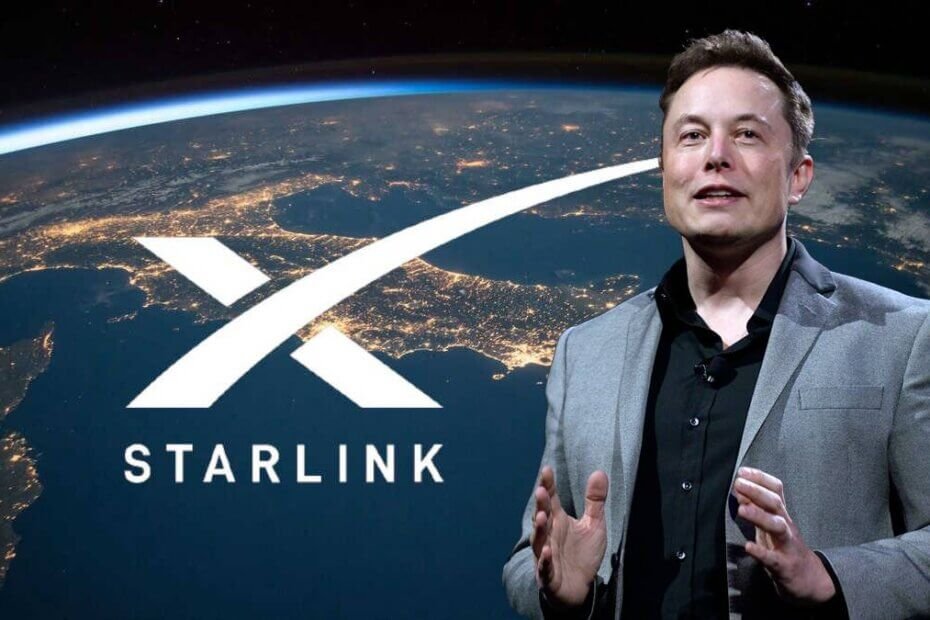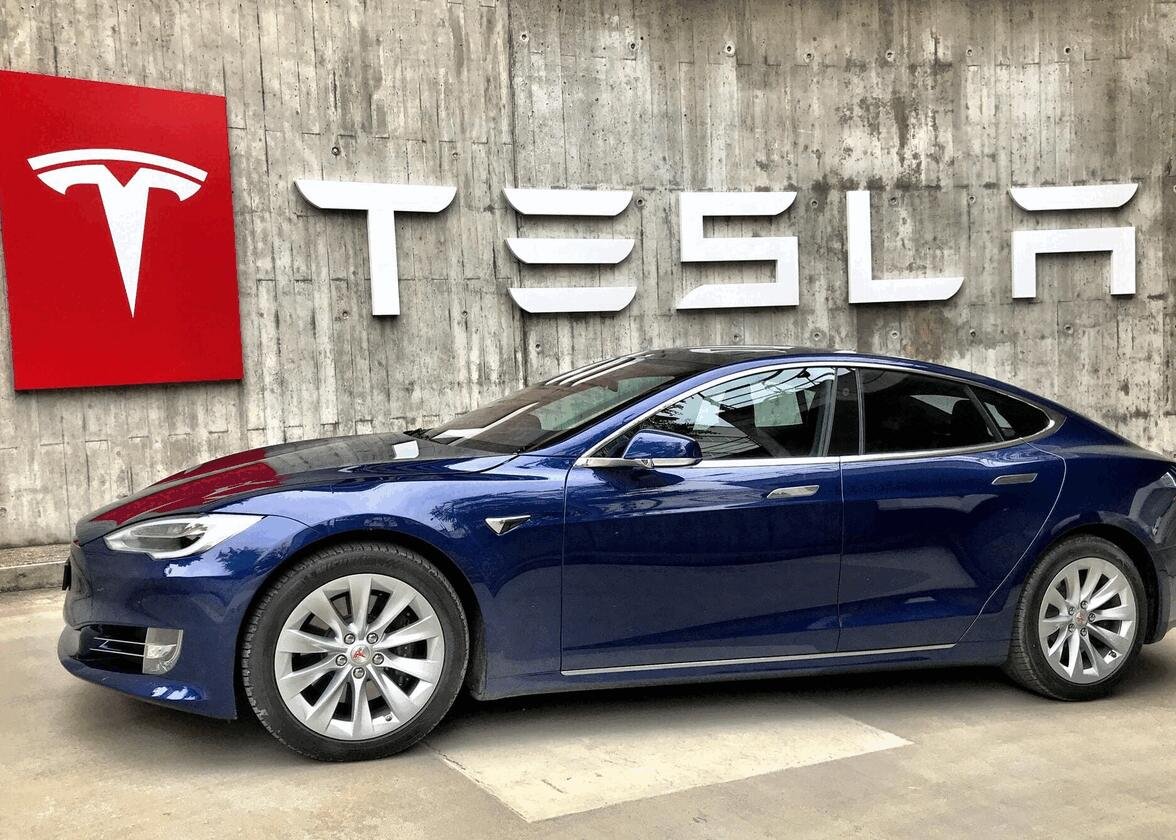Starlink is an innovative satellite internet service developed by SpaceX, founded by Elon Musk. It transforms the way connectivity is experienced worldwide using a network of low Earth orbit (LEO) satellites to offer internet access at high speed. Unlike traditional providers that base their infrastructure on grounds or geostationary satellites, Starlink offers better speed and lower latency, hence very suitable for remote and underconnected areas.
The Vision Behind Starlink
The company launched Starlink, an effort to bridge the digital divide. The service would provide communities in remote and rural areas with reliable access to the internet where traditional ISPs struggle to function. It utilizes satellites of Starlink to ensure communities around the world benefit from modern connectivity-educational, health care, and economic opportunities.
How Does Starlink Internet Work?
Starlink‘s internet service relies on a growing network of small satellites orbiting about 550 kilometers above Earth. These low Earth orbit satellites reduce latency, enabling faster data transmission compared to geostationary satellites located much farther away.
Customers access the Starlink network using a small dish antenna often referred to as a “Starlink Dish.” This automatically orients to the satellites above to provide a consistent and seamless connection.

Low Latency Advantage
Starlink internet has a latency of as low as 20 milliseconds, similar to that of fiber-optic connectivity, which is perfect for applications such as video conferencing and online gaming.
Main Features of Starlink Internet
Global Coverage
Starlink ensures internet connectivity in the deepest remote areas. It can download from 50 Mbps to 250 Mbps but still is expected to improve at it builds.
Portability
The system is highly mobile and thus very ideal for road travelers, RV owners and in the maritime sector.
Starlink opens up spaces in remote places, where other ISPs do not reach, including telehealth, remote work, or online learning. Reliability Ground-based networks are more vulnerable to natural disasters’ impact on infrastructure, bringing inconsistency to service. Scalability Starlink satellite system is expandable and soon tens of thousands of its satellites will be deployed to deal with increased user demand.
Independence from Ground Infrastructure
Unlike regular internet services that require extensive ground infrastructure such as cables, towers, and repeaters, Starlink relies on its network of satellites. This independence ensures connectivity in disaster-struck areas where traditional infrastructure may be damaged or inoperable.
Scalability and Portability
Starlink’s technology is portable, allowing users to connect from virtually anywhere. While regular ISPs are tied to fixed locations, Starlink is an excellent choice for people living off the grid, RV travelers, or maritime users. Its scalability ensures that as more satellites are launched, coverage and service quality will continue to improve.
Faster Deployment in New Areas
Traditional internet providers often take years to expand into new regions due to the need for physical infrastructure. In contrast, Starlink can provide coverage to new areas as soon as satellites are deployed overhead. This rapid scalability benefits developing regions and disaster recovery efforts.
Resilience in Extreme Conditions
Because Starlink is not dependent on physical infrastructure on the ground, it is less prone to outages caused by weather events, accidents, or other disruptions. Traditional services, on the other hand, may suffer frequent downtime due to cable damage, power issues, or overloaded networks.


Starlink Pricing and Challenges
Starlink Pricing
The cost for the initial hardware of Starlink is $599, with a monthly subscription fee of $110. This may be very high, but it is providing a unique value proposition to those in remote locations who don’t have many other alternatives.
Environmental and Astronomical Concerns
Starlink satellites have caused some issues of light pollution that may interfere with astronomical observations. SpaceX is already working on solutions to reduce such impacts.
Regulatory Obstacles
Expanding Starlink around the world requires several governments to give approvals, which may delay rollout in certain regions.
The Future of Starlink Satellite Internet
Starlink’s future is bright, with SpaceX planning numerous enhancements to its service. The introduction of laser inter-satellite links will reduce reliance on ground stations, improving connectivity in the most remote areas. As the technology advances, Starlink pricing is expected to become more competitive, attracting a wider user base. SpaceX’s ultimate goal is to achieve near-global coverage by 2025, bringing reliable internet to all corners of the world.
Starlink is revolutionizing the access to internet around the globe by using innovative satellite technology. With a focus on the shortcomings of the traditional ISPs and a reliable solution for remote areas, Starlink is raising the bar for connectivity. As the company expands its satellite network and refines its offerings, Starlink internet will shape the future of communication on Earth and beyond.
For further information and availability : https://www.starlink.com/us
For further reading : https://nextwaveusa.online/





Leave a Reply